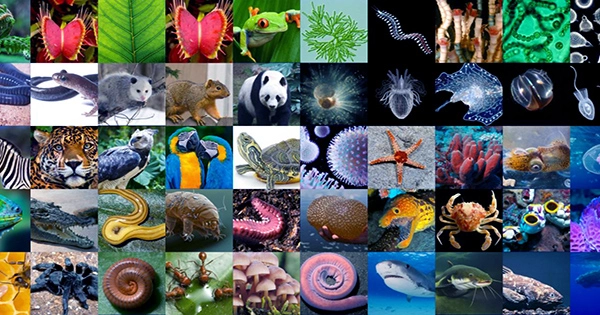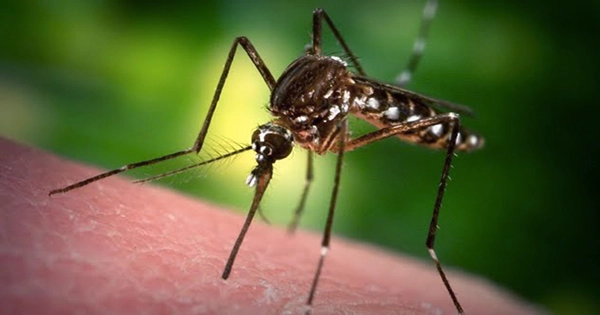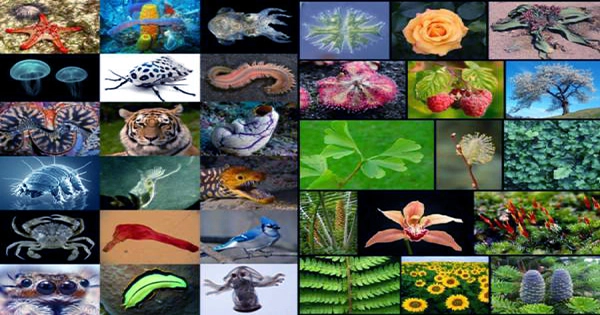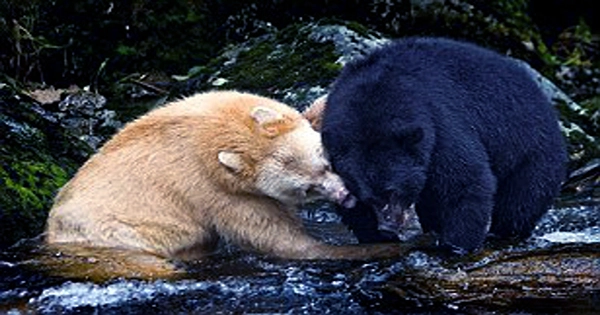The fact that species resemble one another but are not identical is one sort of evidence for evolution (proof that they are related, descended from a small number of common ancestors, and change to adapt to their environments). Similar organisms differ in ways that aid in their ability to adapt to their surroundings.
The body designs of many species are similar. Because they share a common progenitor, horses, donkeys, and zebras all have relatively similar body structures. Not everything about an organism changes when it adapts and changes with time. The variations, like the zebra’s stripes, demonstrate how each species, after diverging from its common progenitor, adapted to its own habitat.
Horses and deer have very similar bodies, while zebras and moose and zebras and horses are all closely related. One notable distinction is that whereas zebras and horses lack antlers, deer and moose do. Why is that so? Zebras and horses dwell in vast herds, but deer and moose live alone or in small groups. Living in a herd offers its own defense against predators because it is simpler to target a single individual than a large herd. As a result, animals that live in herds do not require antlers for protection like those who live alone do. Large antlers also make it difficult to escape or graze while in a herd because it is simple to unintentionally stab a neighbor.
All insects have six legs, wings, antennae, thoraxes, and heads. Although all insect species have wings, some have small, useless wings because their circumstances did not encourage them to evolve effective wings or because their wings became a threat to their survival. However, each species is unique.
All birds have feathers, beaks, and wings, but because they had to adapt to various habitats, some birds have webbed feet while others do not. On a more distant scale, frogs and baboons both have spines, while fish and zebras both have eyes. In general, the more divergent the creatures are from one another, the longer ago their last common ancestor lived. Despite having a similar origin, turtles and tortoises started off on independent evolutionary paths long ago. The box turtle shares more traits with the painted turtle than it does with the tortoise because the box and painted turtles’ common ancestor lived more recently. People can determine how closely related two species are by looking at how similar they are.
Up until recently, the only way to tell how closely related two species are was to compare their physical characteristics and behaviors. However, similarities between two organisms that developed from a shared ancestor are frequently clear to discern. Today, however, researchers can also examine DNA to determine how closely related different organisms are. Every living thing has DNA, which contains a wealth of inherited knowledge about how the body develops. Two organisms’ DNA can be compared by scientists; the closer the DNA matches, the more related the two organisms are. This approach can be useful when appearances are deceiving. The bat and the crow both have wings, yet the squirrel does not. This is an illustration of how appearances can be deceiving. This could lead someone to believe that bats and crows are more related than bats and squirrels, while in fact, the opposite is true.
Darwin did not have technology like DNA testing, but scientists after him have used it to learn and find out a lot about evolution.















